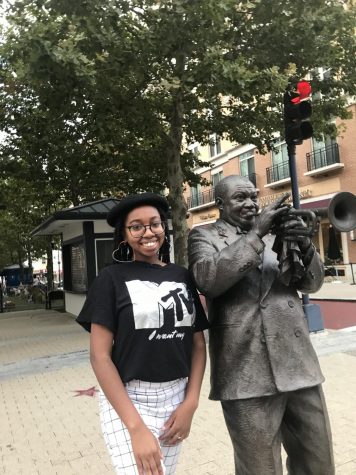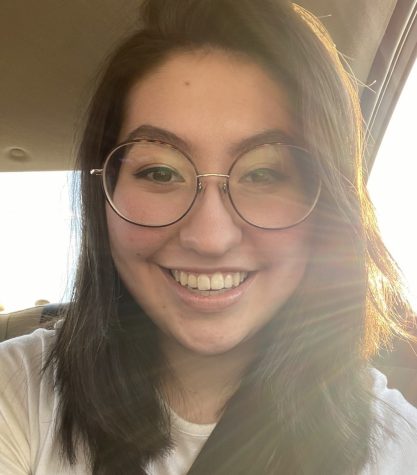Growing up and watching the 1953 classic Disney film “Peter Pan,” I always connected with Wendy.
She was an older sister like myself and remained confident in herself despite the film’s chaotic story arc. Her character was strong, smart and beautiful — naturally enticing Peter Pan and the Lost Boys to like her… not to mention causing Tinker Bell to be envious of her for attracting Peter’s attention.
I thought the fantasy film accurately reflected who I was in real life through Wendy’s character. However, I understand that not everyone, particularly the Native American audience, shares similar feelings.
The film exemplifies racist sentiments that afflicted 20th century culture and its portrayal of Native Americans is embarrassing. It showcases these individuals speaking in an unintelligible language with other characters repeatedly referring to them as “redskins.” The chief and the older women are ugly, fat and some have missing teeth. They also participate in stereotypical practices like drumming, living in teepees, saying “how” to greet each other and using a tribal call.
Peter and the Lost Boys engage in constant mockery and appropriation of Native American culture and imagery by dancing, chanting, wearing headdresses and other exaggerated tropes. This blatantly supports “What Made Red Man Red?” — the film’s absolute highest point of abomination. The attempt to answer this question posed by the airheaded Lost Boys and juvenile Peter Pan in nearly three minutes comes with exceptional ignorance, shameful stereotypes and a hardly amusing story that is highly derogatory.
Although the portion of the film featuring and exploiting Native Americans is brief, its dehumanizing power is more impactful than Tinker Bell’s pixie dust. It’s sickening to digest now that culture has progressed and there is no way anyone would get away with such caricatures today.
White characters in the film even use racial slurs in reference to the Native Americans. Captain Hook says, “These Redskins know this island better than I know my own ship,” when reading his map of Neverland — a place of everlasting youth where no one wants to grow up — in hopes of finding Peter Pan’s hiding place. Hook represents a European explorer planning to exploit Native Americans in order to defeat his fellow white adversary.
Wendy’s younger brother John chants, “We are off to fight the Injuns because he told us so,” — a statement that summarizes why white soldiers disrupted Native American cultures, because someone of higher power told them to. In this case, it was Peter Pan.
John later refers to the Indians as “quite savage,” and elaborates by saying “the Indian is cunning but less intelligent…” right before they are captured. These descriptions are common assumptions about Native Americans, even today.
None of these things reflect the authentic cultural traditions and rich diversity of Native American people — and Disney knows it. The film was removed from child profiles on streaming platform Disney+ as a recent example of Hollywood’s reckoning with racism, along with a short advisory graphic encouraging viewer discretion.
“This program includes negative depictions and/or mistreatment of people or cultures,” the graphic says. “These stereotypes were wrong then and are wrong now. Rather than remove this content, we want to acknowledge its harmful impact, learn from it and spark conversation to create a more inclusive future together.”
Disney and the children’s movie industry are not immune to the widespread nature of racism and prejudice against Native Americans. The inaccuracies in this film are plentiful and viewers should consider more than just discretion. They should be encouraged to join Disney in their goal of creating a more inclusive future.
As a child, I felt seen through Wendy, but as an adult, I am disgusted by the film’s lack of sensitivity toward Native American culture. But for those who may identify as a “Lost Boy” more than a “Wendy,” it’s time to grow up.
Trinity Bland is a senior studying television, film, media and Spanish. Follow her on Twitter @trinityaliciaa.













